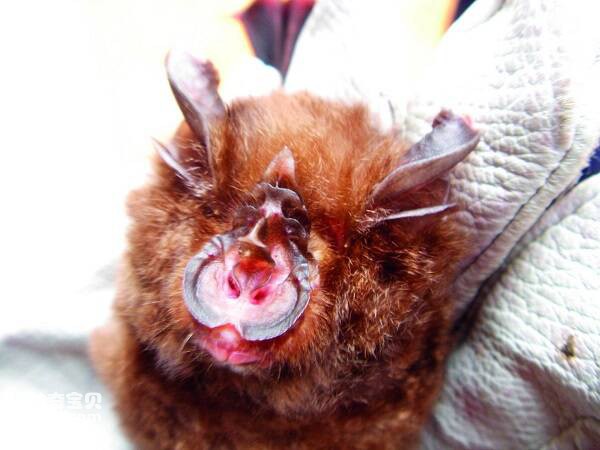
Rhinolophus yunnanensis was published in 1872 by Dobson on the basis of two male and one female specimens collected in Hotha, China (1371.6m above sea level), and later merged into R. pearsonii by himself. Andersen (1905) compared the description and diagram of the species and pearsonii and found th...
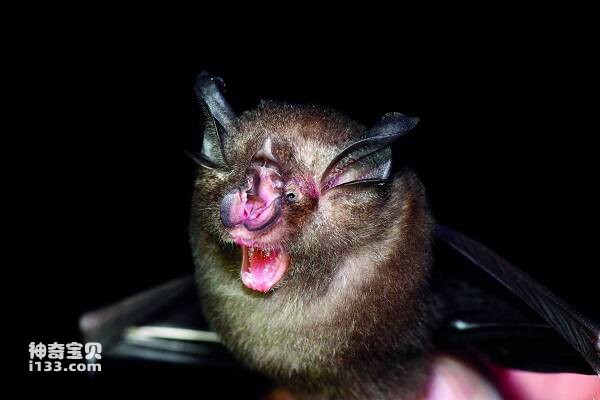
This species is endemic to China, and because of its small size, it will be clustered, and is a typical group of nocturnal animals. Use constant frequency echolocation sound waves to detect prey in the environment.The bats live deep in caves in single or small groups, often hanging upside down by ho...
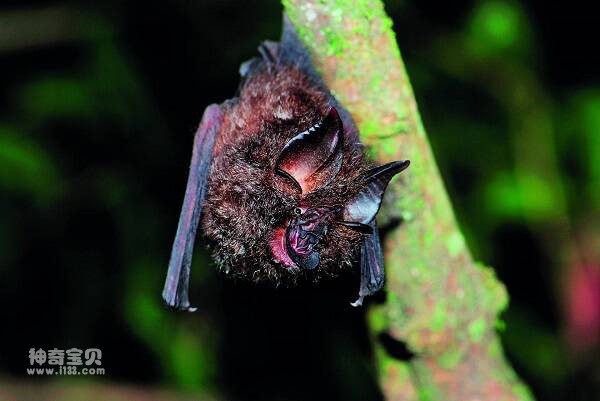
It is a solitary bat, with only one or a few individuals found in a tunnel, cave or tree hole. Use constant frequency narrow-band echolocation (constant frequency) sound waves to detect prey in the environment. It is nocturnal and feeds on insects. It lives deeper in the cave....
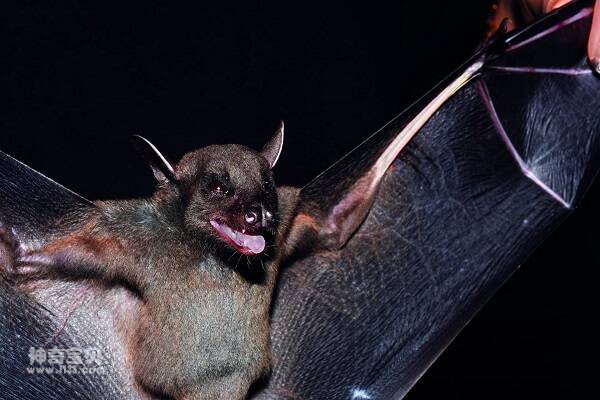
The species was named by CAI Guiguan and Zhang Naizhi (1980) on the basis of two male specimens collected from Metuo, Xizang Province, which each had a round brown-yellow brush spot on the lower neck, a white leading edge of the lower ear shell, and a brown-blue nape. Domestic and foreign scholars (...
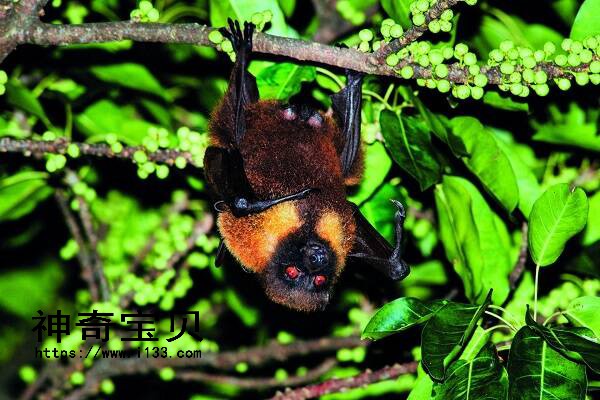
The Ryukyu Flying Fox is the only fruit eating bat unique to Taiwan's pterodactyl species. It is a typical arboreal bat that relies on sight and smell to search for food. It feeds mainly on the fruits of the genus Ficus. It does not use ultrasound to locate, but uses sight and smell to find food...

During the day, small groups lurk in caves, cliff cracks, and also hide in cracks in buildings such as houses. Morning and night out for food. He has a hibernation habit. Insectivorous, good for humans. Some scholars have found a group of tens of thousands of animals living in a cliff crevise in Lib...
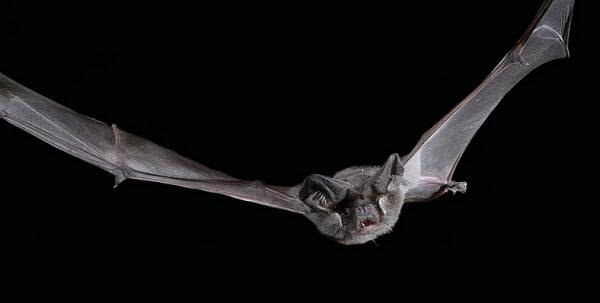
The number of individuals is small, single or two or three undulating in the rock crevices. They have a strong life force, climb quickly, and live in one place all year round, not mixed with other species of bats. In the same cave, a few pipistrella cineraria and a few scattered bats with broken win...

There are only a few hundred of them now, and the population is rare. For a small animal population of only a few hundred, this population is already too rare, and it can be said that it is even more precious than the giant panda. Cave bats, which feed on small insects.In March 2006, Zhang Shuyi, a...

The species is found in West Malaysia. The auricle and tail are very distinctive and easy to recognize. The population is extremely rare. Cave-like bats can intermix with a variety of bats, such as the Great hoofted bat (<Hipposideros armiger) and the Asian long-winged bat (<Miniopterus fuligi...
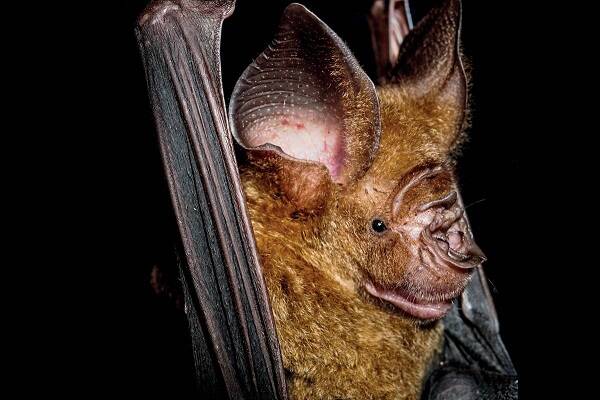
The Przewalski's bat is a large bat that lives in large, damp, dark caves. In large groups of dozens or hundreds of bats, many other bats can be seen in the same hole, but they do not mix. Go out at night. It eats insects. Because the males of this species form particularly well-developed skin l...
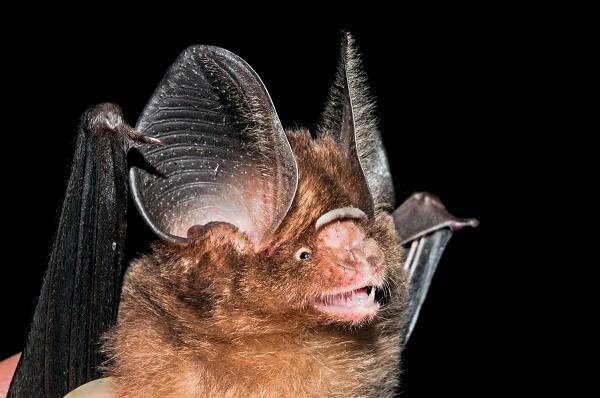
Lesser hoofed bats are smaller. It lives in wet caves or abandoned bomb shelters. It is a relatively common species, usually gathering tens or hundreds of large groups, and other species of bats can be seen in the same cave. Nocturnal activity. Insectivorous, mostly lepidoptera insects.Fly in the ev...
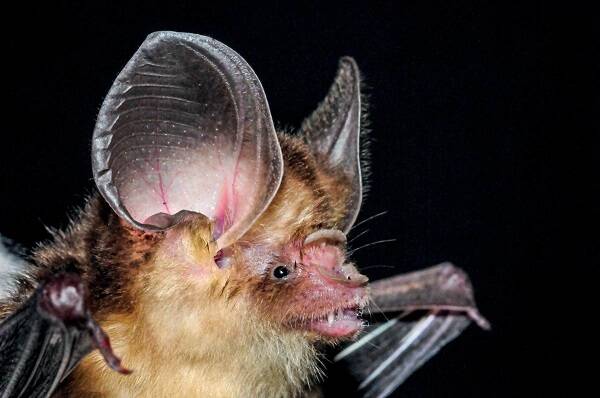
The grey horseshoe bat is a cave bat. About 50 species were found in the air raid shelter of Zhidong Village, Mingjiang Town, Chongzuo Ning, Guangxi. It is found in Gulong Cave and Shuangbai Mine in Yuanjiang, Yunnan. Also living in the same caves are the small hoofed bats...
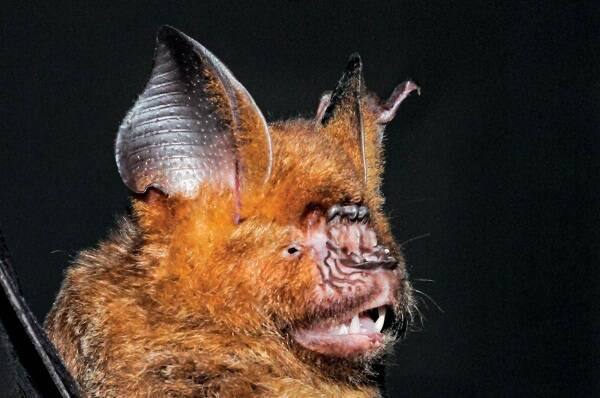
The big horseshoe bat is very large, with forearms up to nearly 100 mm, ears are also large, triangular, hair is long and dense, body color changes, back color smoke brown or even black brown, belly color gray brown, some purple brown.Large horseshoe bats often live in tens or hundreds of individual...
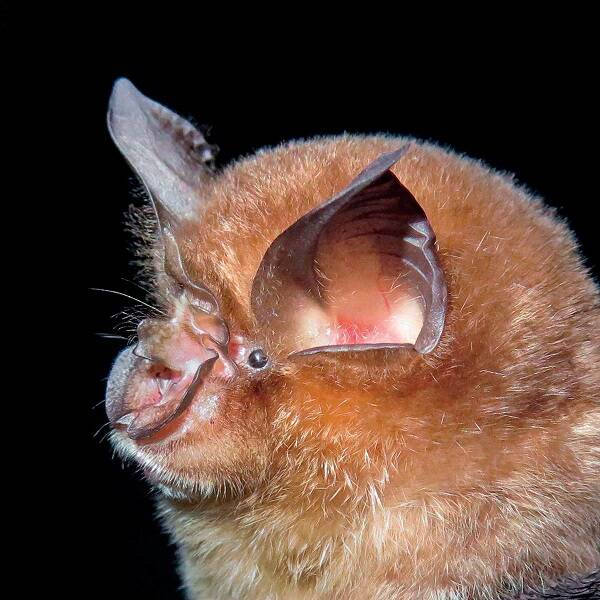
The new distribution record of this species was reported in China in 2005. Alice C. Hughes et al. recorded its capture in the ecological monitoring survey of Xishuangbanna Botanical Garden in Yunnan Province (see photo), which is the northernmost distribution of this species. Abroad, it is mainly di...
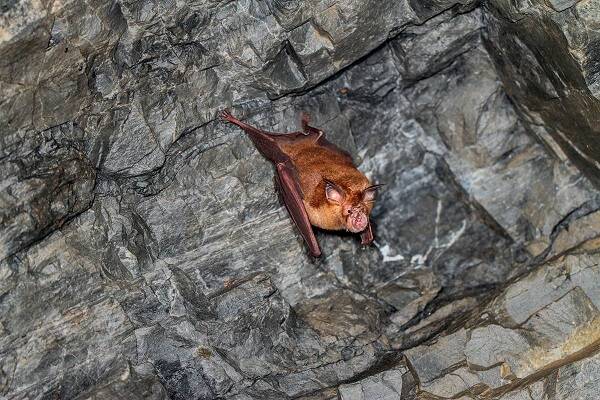
The Chinese Rhinolophus rouxii sinicus was previously classified as a subspecies of Rhinolophus rouxii sinicus (Chinese name for Rhinolophus rouxii sinicus) until 1997. Due to chromosome and morphological studies, it is very different from Rhinolophus lui, so it was promoted to a separate species in...
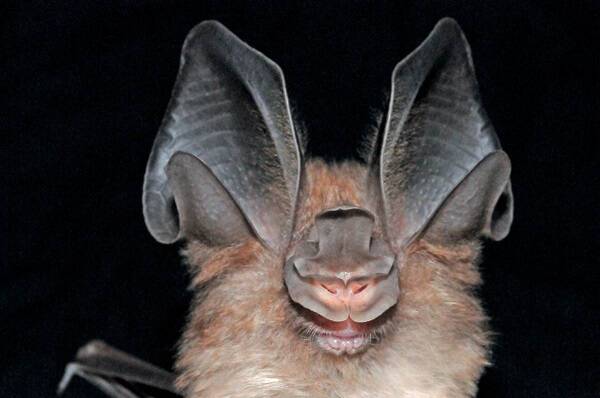
The species is found in a rocky cave surrounded by agricultural land, 200m from the nearest village. Rhinolophus macroetalis, Rhinolophus mari, Rhinolophus chinensis and Myotis were also collected from the same cave. This species is named Schnitler's Horseshoe Bat in honor of Professor Hans-Ulri...

A female bat, Rhinolophus rex, was caught 100m away from the entrance of Kunebian Cave on Kunebian Mountain in Shijiaba Town, Xingshan County, Hubei Province, at 10 am on December 11, 2007, during a survey of biodiversity in caves between Yichang and Badong sections of the Shanghai to Chengdu Expres...

R. blythi andersen: Least horseshoe bat is the smaller of the horseshoe bats. It lives in caves, tunnels, or near settlements in low mountains. They live in common with other bats. The number is small,1-5 heads in a group, occasionally 20 large groups. Homogenous groups occur seasonally. Prey on mot...
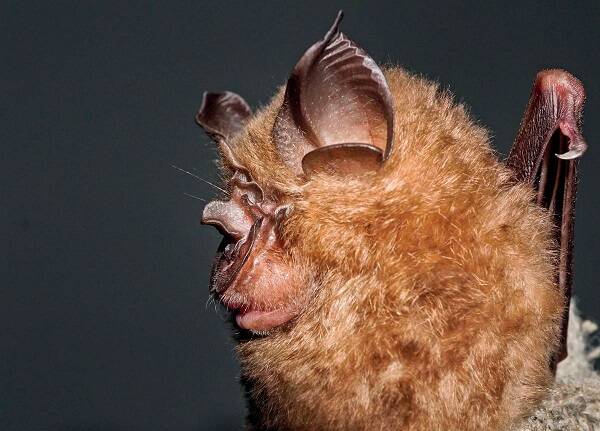
Rhinolophus pearsonii (Rhinolophus pearsonii) is a member of the Rhinolophidae, genus Rhinolophus. The body size is medium, from the side view, the joint protrudent tip is low round, and there is no concave gap between the saddle-like structure, from the front view, the saddle-like structure is narr...